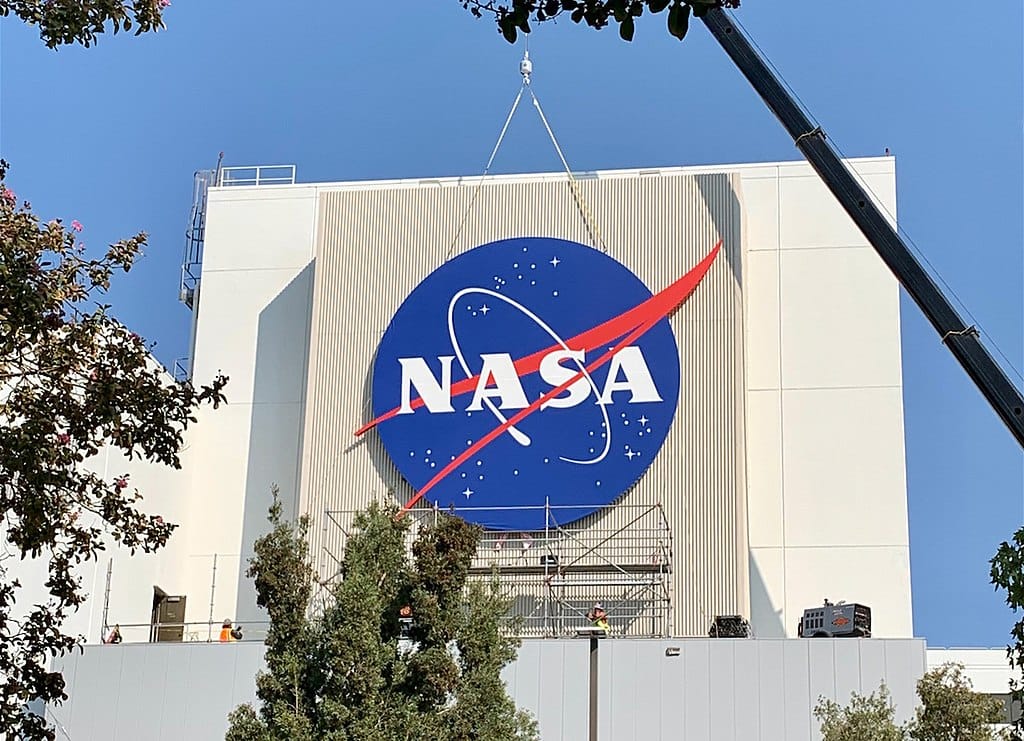NASA eyes 2030 Moon reactor, sparking global race to control space’s most coveted terrain.
The Moon may soon host its first nuclear reactor, as NASA pushes forward with plans to install a power system by 2030 — a move set to redefine the balance of influence in outer space.
In April 2025, China announced its own ambition: a lunar nuclear power plant by 2035 to supply its planned international research station. The United States responded in August, when acting NASA Administrator Sean Duffy signalled that an American reactor would be operational five years earlier.
While the timing appears competitive, the groundwork has been years in the making. NASA and the US Department of Energy have long been developing compact nuclear power systems designed to sustain lunar bases, mining operations and extended human habitation.
Space law experts say the implications extend far beyond engineering. Michelle L.D. Hanlon, a space law professor at the University of Mississippi, frames the contest not as an arms race but as an “infrastructure race,” where whoever builds first sets the tone for rules, access and influence on the Moon.
Embed from Getty ImagesNo law against it
International law does not prohibit peaceful nuclear power in space. Since the 1960s, both the United States and the former Soviet Union have deployed nuclear-powered systems on spacecraft, using radioisotope generators to run satellites, Mars rovers and deep-space probes.
The United Nations’ 1992 Principles Relevant to the Use of Nuclear Power Sources in Outer Space, though nonbinding, explicitly recognises the necessity of nuclear systems in environments where solar power is insufficient. It sets safety and transparency guidelines but leaves room for nations to proceed at their discretion.
The 1967 Outer Space Treaty, signed by all major spacefaring nations, remains the foundation for lunar activity. Its Article IX requires states to act with “due regard” for others, which in practice means other missions must navigate around an operating reactor. This creates de facto zones of influence, even without formal territorial claims — which the treaty forbids.
Why location matters
A reactor’s position could determine more than just power distribution. The lunar south pole is of particular interest because its permanently shadowed craters may contain water ice. Such ice could be converted into rocket fuel and drinking water, making it a strategic resource for future space missions.
Any infrastructure there could limit others’ operational freedom — not legally, but practically. As Hanlon notes, installations may not claim territory, but their existence can shape how and where others work.
Safety concerns and benefits
Critics warn that introducing nuclear materials to the Moon risks contamination or accidents. Space is an unforgiving environment, and a reactor failure could have long-term consequences. The UN’s nuclear power guidelines call for strict safety measures, and advocates argue that adhering to them can significantly reduce risks.
The technology’s appeal lies in its reliability. The Moon experiences 14-day nights, rendering solar panels useless for half of each cycle. In shadowed craters, sunlight never reaches the surface. Nuclear systems could provide uninterrupted power for a decade or more, running habitats, research labs, rovers and manufacturing equipment such as 3D printers.
Shaping the future of space governance
For the US, leading on lunar nuclear power could be as much about setting legal and diplomatic precedents as it is about securing energy for missions. Transparency, early consultation and adherence to international norms could pressure other nations to follow suit, creating a more cooperative environment.
In this emerging phase of lunar exploration, flags and footprints matter less than permanent, functioning installations. Whoever builds first will not own the Moon — but they will control a piece of its future.
